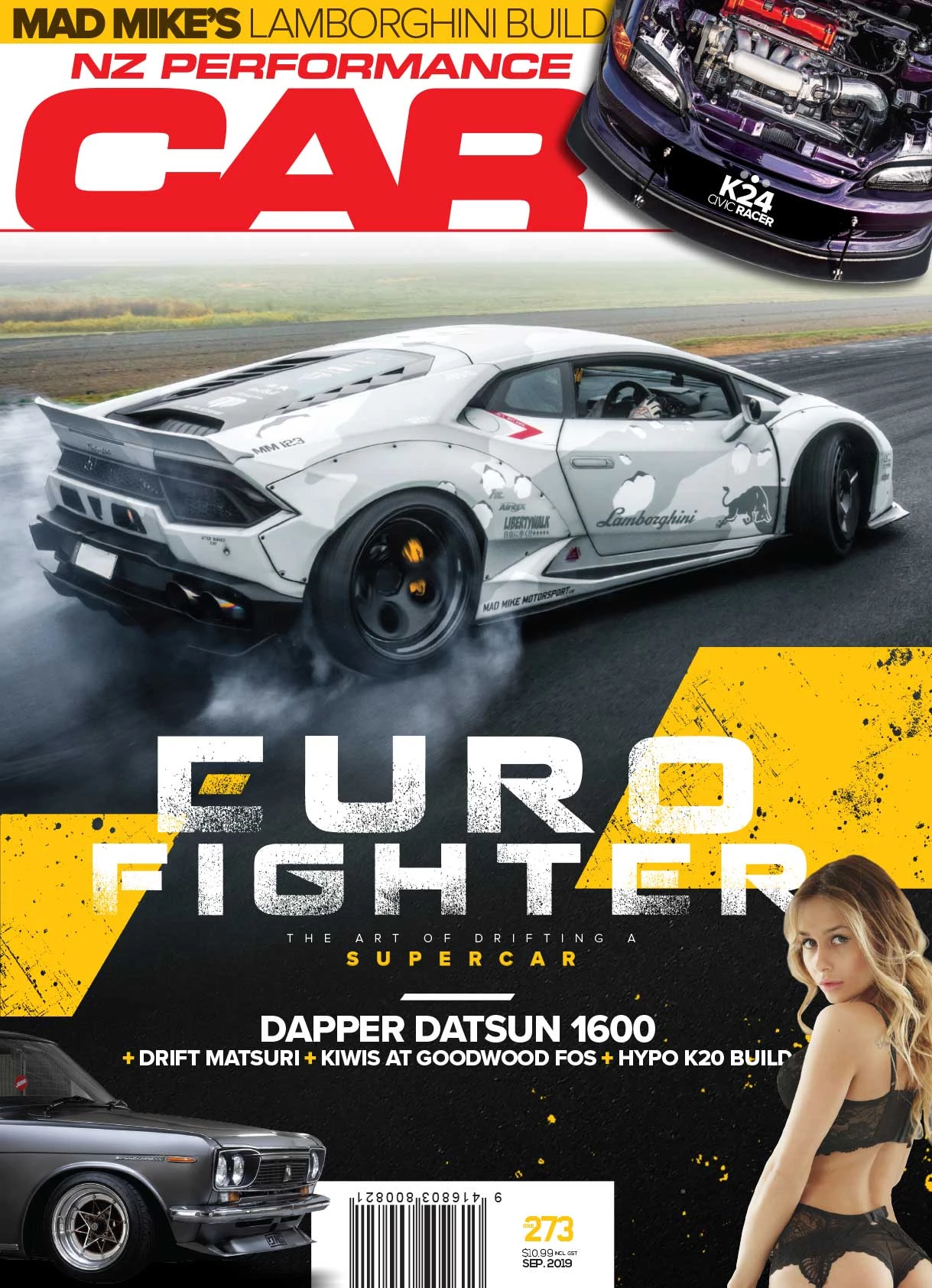Paying the ultimate respect to ‘old car’ styling with a period-correct Datsun 1600
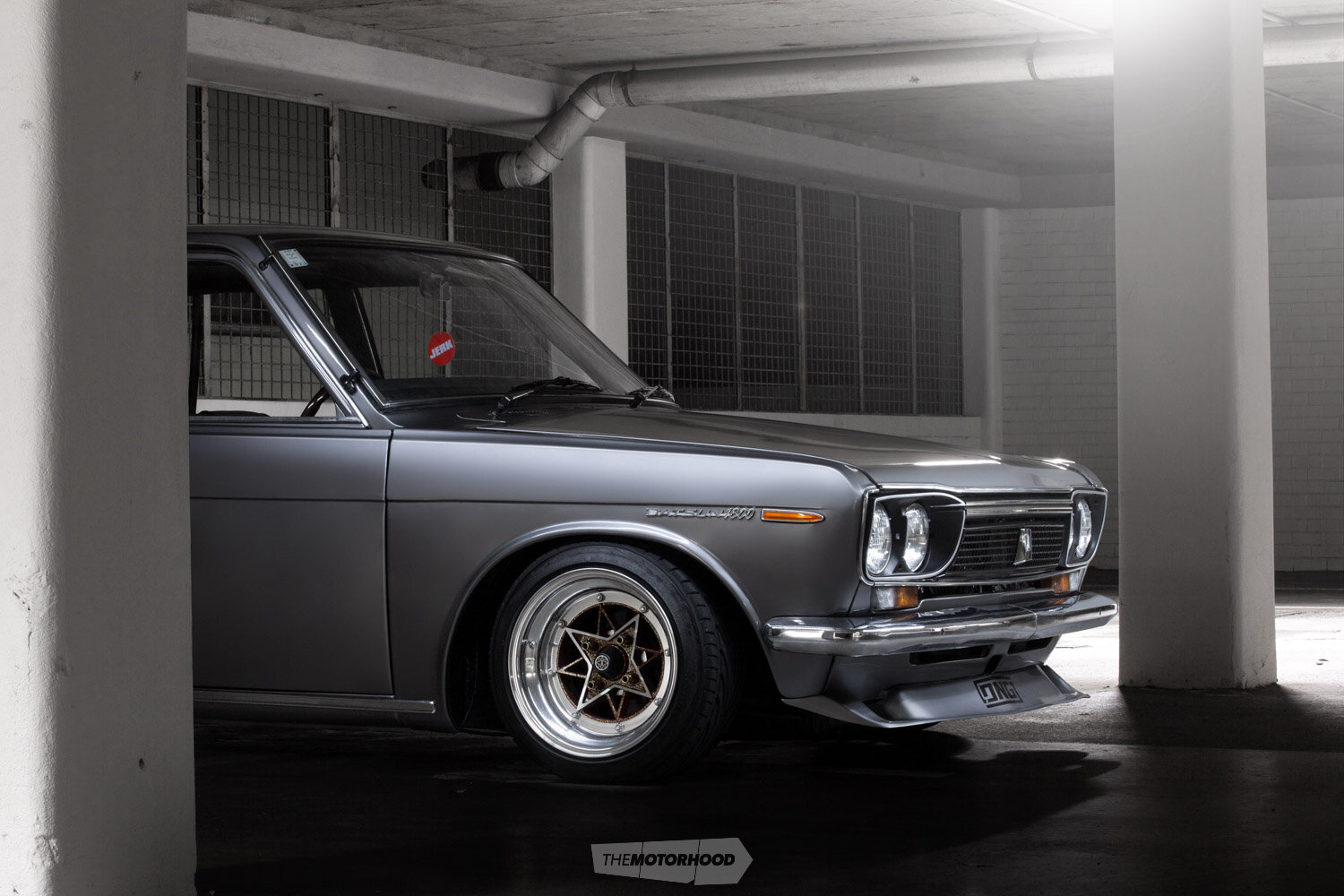
Old cars (kyusha in Japanese) have carved out a rather special space within the automotive community. Despite being the earliest generation in a long list of rapid automotive development over the last few decades — which typically means that they’re slower, poorer handling, less reliable, and more dangerous — old cars not only continue to exist today but also to thrive. Why? Automakers don’t make ’em like they used to. Back when most of those that can be considered kyusha were designed, it was an analogue world. A designer’s strongest tool was the pencil, and endless sheets of paper were sacrificed in the pursuit of perfection. That physical connection allowed them to craft elegant shapes, perfect flowing lines, and sharp panel terminations that are simply impossible to replicate behind a keyboard. Metal framework and wooden bucks directly influenced styling cues, and panels were stitched together by human hands, not robotic arms repeating precoded instructions.
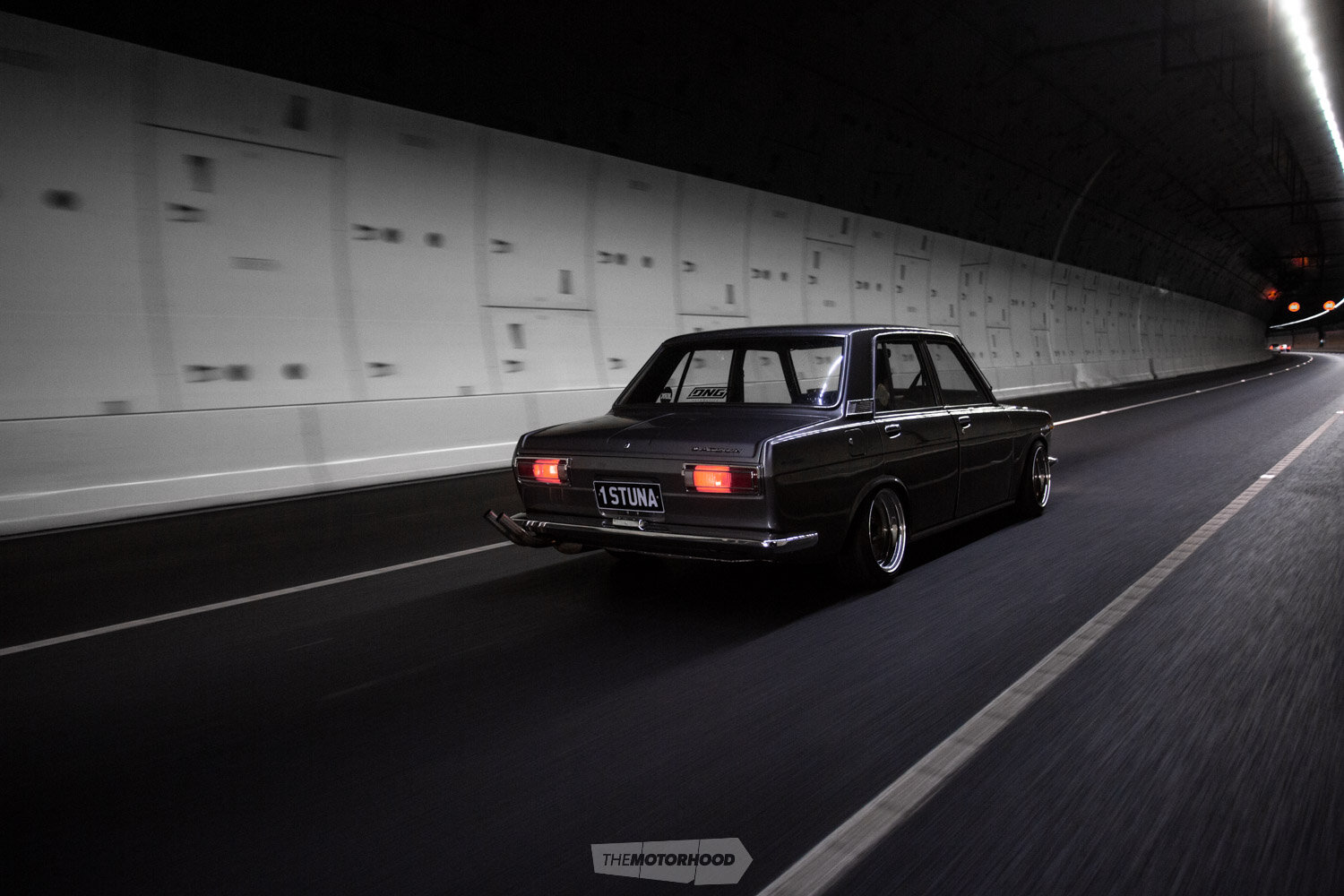
View fullsize
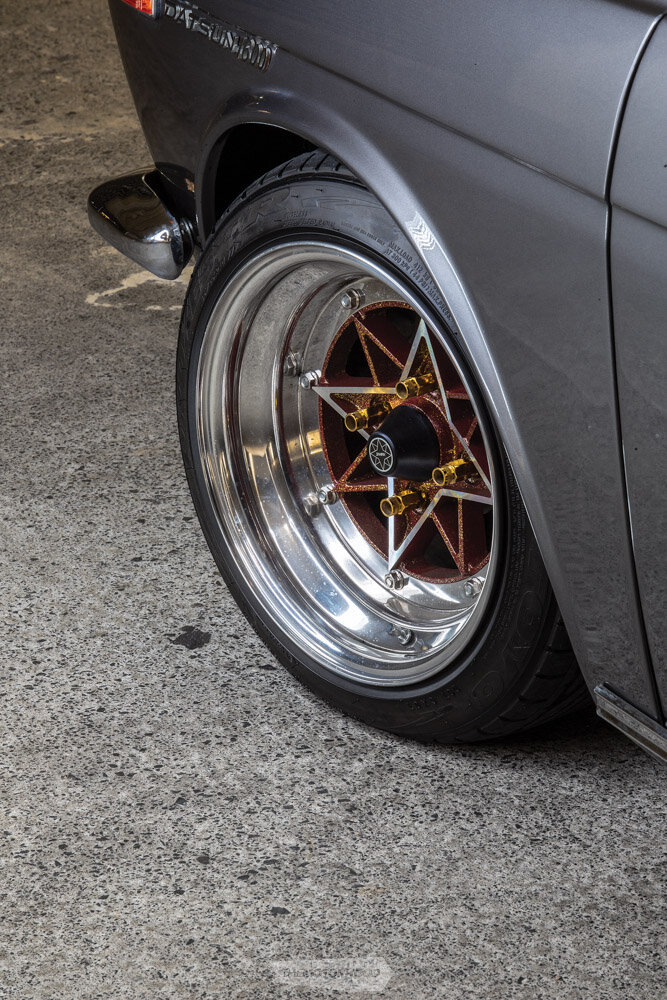
View fullsize
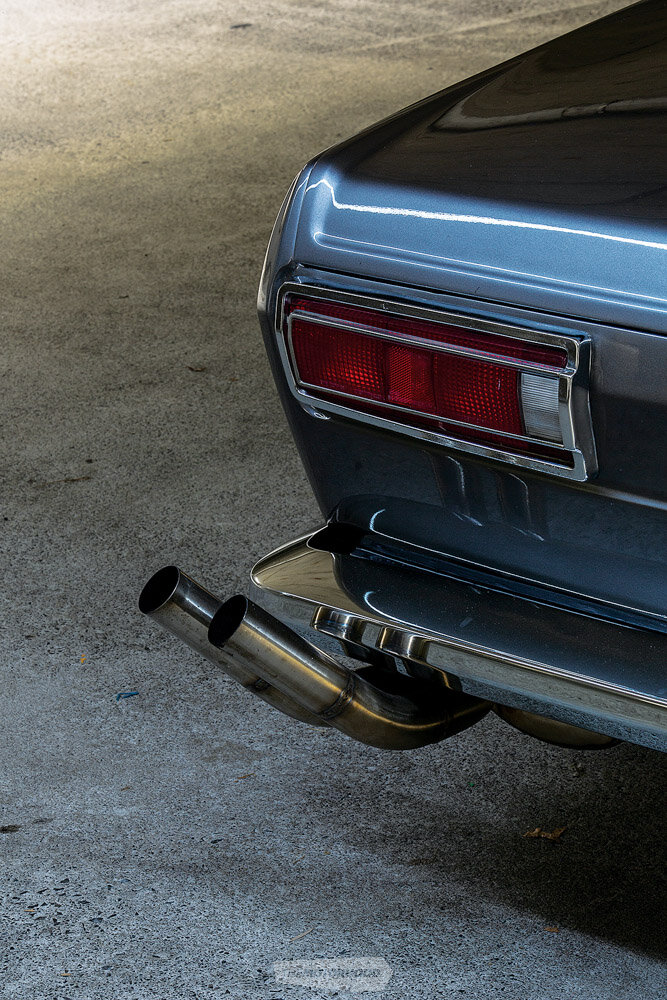
The care and attention to detail that went into producing cars may have slowly disappeared from the design and manufacturing processes as automakers chased better profit margins and faster turnarounds, but the love affair with kyusha has seemingly never faded. And making sure that there’s at least one example continuing the legacy, Auckland’s Neel Singh has spent the better part of a decade chasing the kyusha dream, which has culminated in an exacting period-correct restomod of his 1971 Datsun 1600 — also known as a ‘Bluebird’ or ‘510’. The self-confessed Honda-fiend explains that, after having run through half of the country’s Integra supply, he became increasingly interested in bygone eras of carburetted, small-capacity screamers and styling that was the result of painstaking imagination: “Having that heavy Honda background, I wanted to change things up a little. Considering my options, all I could think about was growing up as a kid and seeing my dad [AJ] daily-driving various Datsun models. One of his in particular that I had a soft spot for was a 1600, so it was an easy call to build one in a way that I knew he’d appreciate, too.”
Slapping a ported-and-polished SSS L16 head that’s been crammed with rev-happy valvetrain pieces atop a high compression and bulletproof two-litre bottom end is undoubtedly a recipe for a good time — all in a frame that takes up all of half a car park
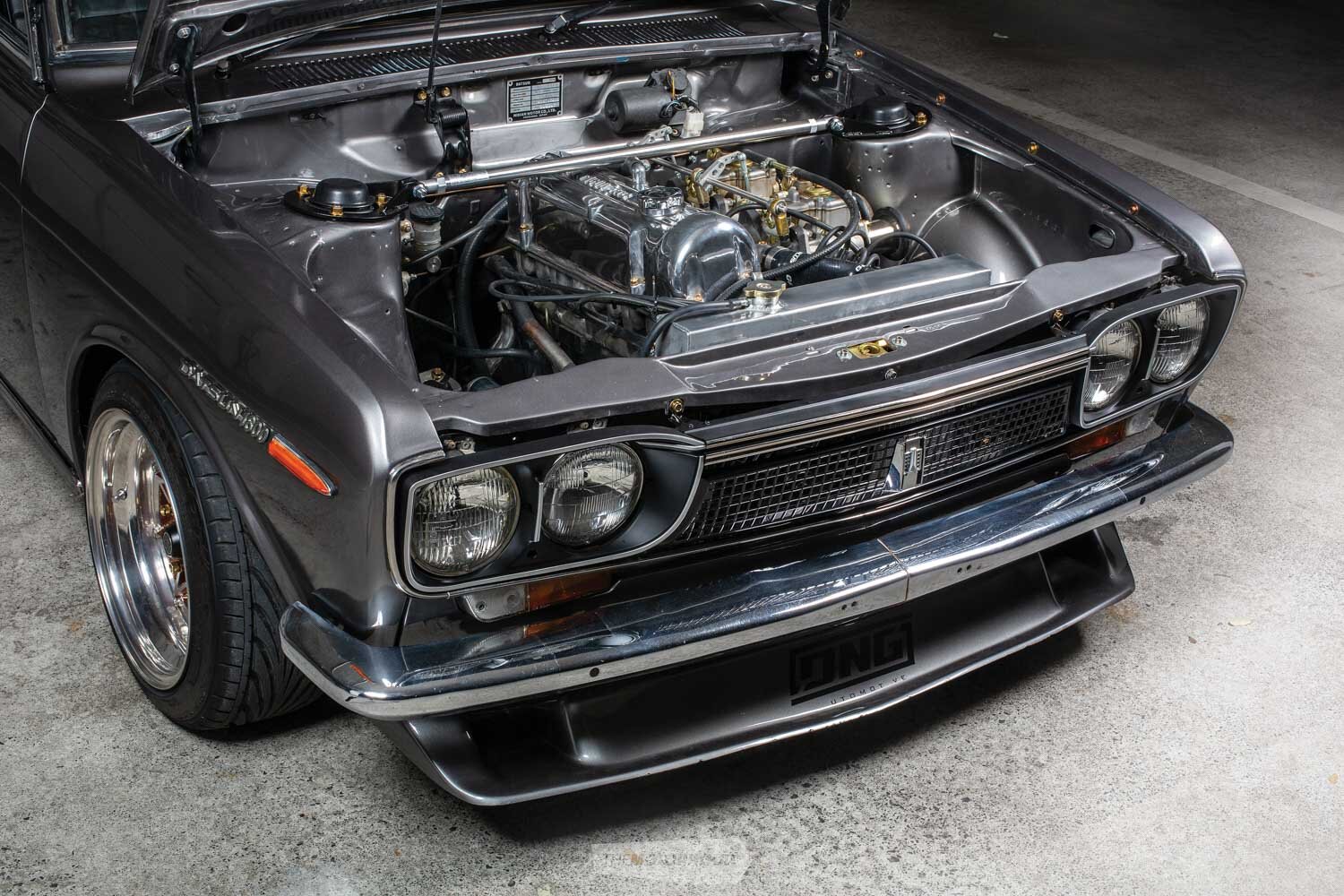
View fullsize
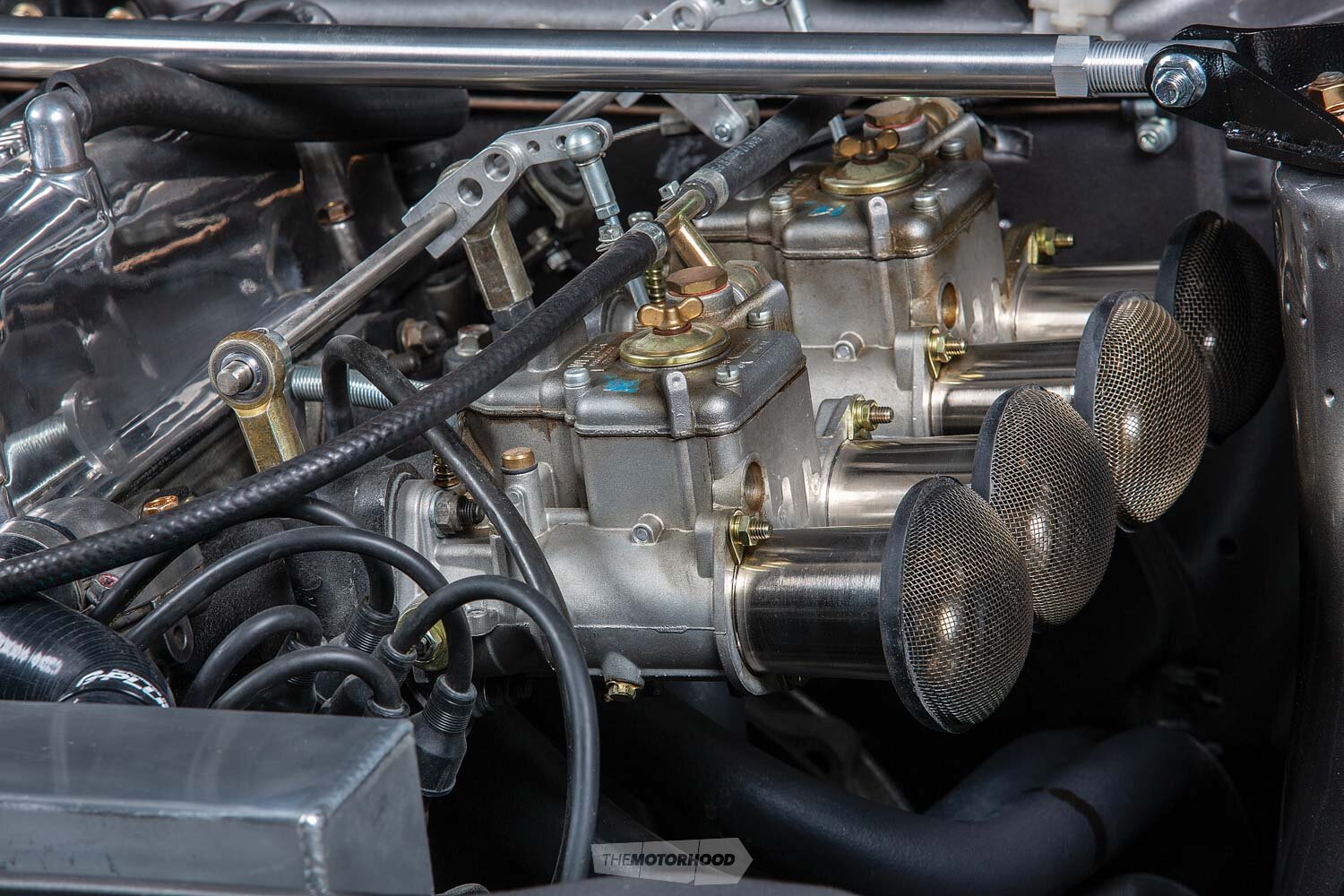
View fullsize

Neel searched for nearly two years before he found the right example to kick the build off with, settling on a matte black ’69, which he says suited his west Auckland locale well. Over the next couple of years, it would serve to familiarize him with the chassis and the L-series engine offering, but, when it came to putting in the love it needed, the unknown state under its traditional ‘quick-fix’ paintwork was too much of a gamble. He considered going all out and attempting a Honda K-series rear-wheel-drive conversion as a nod to his Honda heritage, and, at one point, it even sat over a set of rare Mugen M7s, but the fate of the ‘matty b special’ was sealed when a freshly paneled-and-painted specimen appeared for sale in Dunedin. Looking over two Datsuns in his driveway, Neel was convinced to pursue the kyusha style, choosing to stick with the L-series running gear, and for good reason.
You see, while the newly acquired ’71 boasted a healthy factory example of the 1.6-litre L16 that the model is named after, the ’69 already had a few tricks up its sleeve in the engine bay that it would soon donate. As common with this era of Datsun, the ‘69s bottom end was found to have been swapped out for a two-litre L20B unit sourced from the later 610 Bluebird. This manages to offer a serious punch more torque over its 1600 counterpart and with a factory forged crank, is near-on bulletproof. Sitting atop, you’ll find an SSS-variant of the L16 head, which is favoured in Datsun circles for the more aggressive camshaft and larger ports from the factory. Like the block, it’s undergone a full rebuild and now packs a custom 282-degree reground cam, iSky Racing dual valve springs and retainers to ensure it revs. Match this with the wild high compression ratio that a L16/20 combination produces, it makes for a potent recipe.
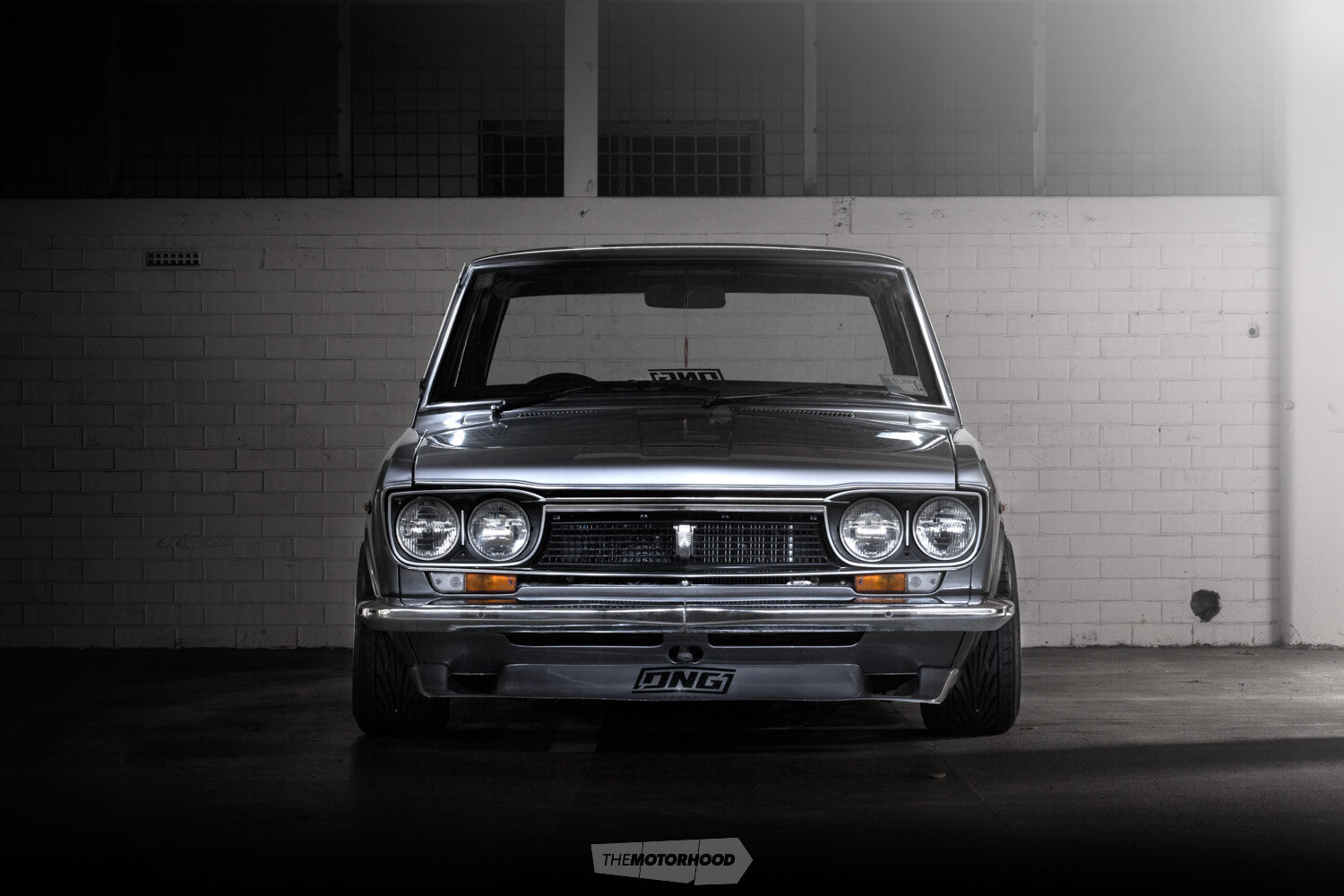
It delivers everything we’ve come to expect from an old car. The new twin Weber 45mm side-draughts gasp for fresh air with a deep-toned aggression at every blip of the accelerator, and the two-inch stainless-steel exhaust echoes the rasp of spent gasses rearwards with force. It makes all the right noises and feels silly rapid, despite the fact that it will never set any speed records, and you won’t find it pulling lengths on much at the flicker of the green light. But that was never the point. The package is serious kit for the era that the car comes from, so, beyond that, it has no real need to compete with more modern offerings performance-wise. After all, it is knocking on 50 years old. It was this rationale that saw Neel form each and every modification, focusing on achieving a period-correct finish.

That respect is evident within the Datsun’s engine bay, where Neel has gone to great lengths to give it one hell of a tidy up while simultaneously ensuring that you are still able to see all the components that you’ve come to expect when lifting the bonnet. The carbs take pride of place in the freshly shaved and resprayed bay — as they always have done — and critical components such as the ignition leads, fuel lines, and coolant feeds are all in plain view. However, you’ll struggle to find any trace of the custom wiring loom. Notice the electronic distributor or the relocated battery? Hell, even the viscous fan has been traded in for an electric example. It’s this attention to retaining just enough of the familiar pieces that gives the appearance of a completely functional engine package while tricking the eye into not noticing all the unimportant bits that have been hidden away. It’s this effect that has created such a striking engine bay, and that only continues when you step back from the front end to take in the car as a whole.

The widened 14-inch SSR Star Shark wheels are styled straight out of the ’70s, and Pine Engineering was charged with the refurb, which included tying in the burgundy from the cabin and gold from the engine bay on the faces
The chassis-scraping ride height, which comes courtesy of custom coilovers up front and custom-specced springs at the back, is impressively proportional to the car’s smaller frame, and it ultimately helps swallow the refurbished and widened set of SSR Star Shark rollers that the Datsun sits over with ease. While much of the body remains as it was when it rolled off the factory floor, the factory lines are only complemented further by the new front and rear chrome bumpers and a pairing of chrome sill strips. The SSS Super Sonic–optioned front grille, in combination with an equally as poignant chin lip that’s ripped straight from circuit racing, adds a good whack of sharpness to the front end too. And, despite already having been through the body shop before his ownership, Neel has had the entire car hammered to an exacting millimetre of straightness and resprayed in Nissan Grey Metallic to satisfy his OCD. The inside of the cabin hasn’t escaped the same level of attention either, with a pair of Datsun Competition leather buckets, sitting over reproduction burgundy carpet, that matches the dyed door cards.
No matter what angle you manage to catch a glimpse of it from, it’s hard not to be drawn into the car and want to fulfill the desire to see more and more. The finished product cannot be described as anything but the paying of respect to old car style. It’s careful enhancement of a car from a bygone era without forgetting the pencil and paper that it originally came from and, more important, one less example that will be lost to the passing of time. Long live the kyusha!
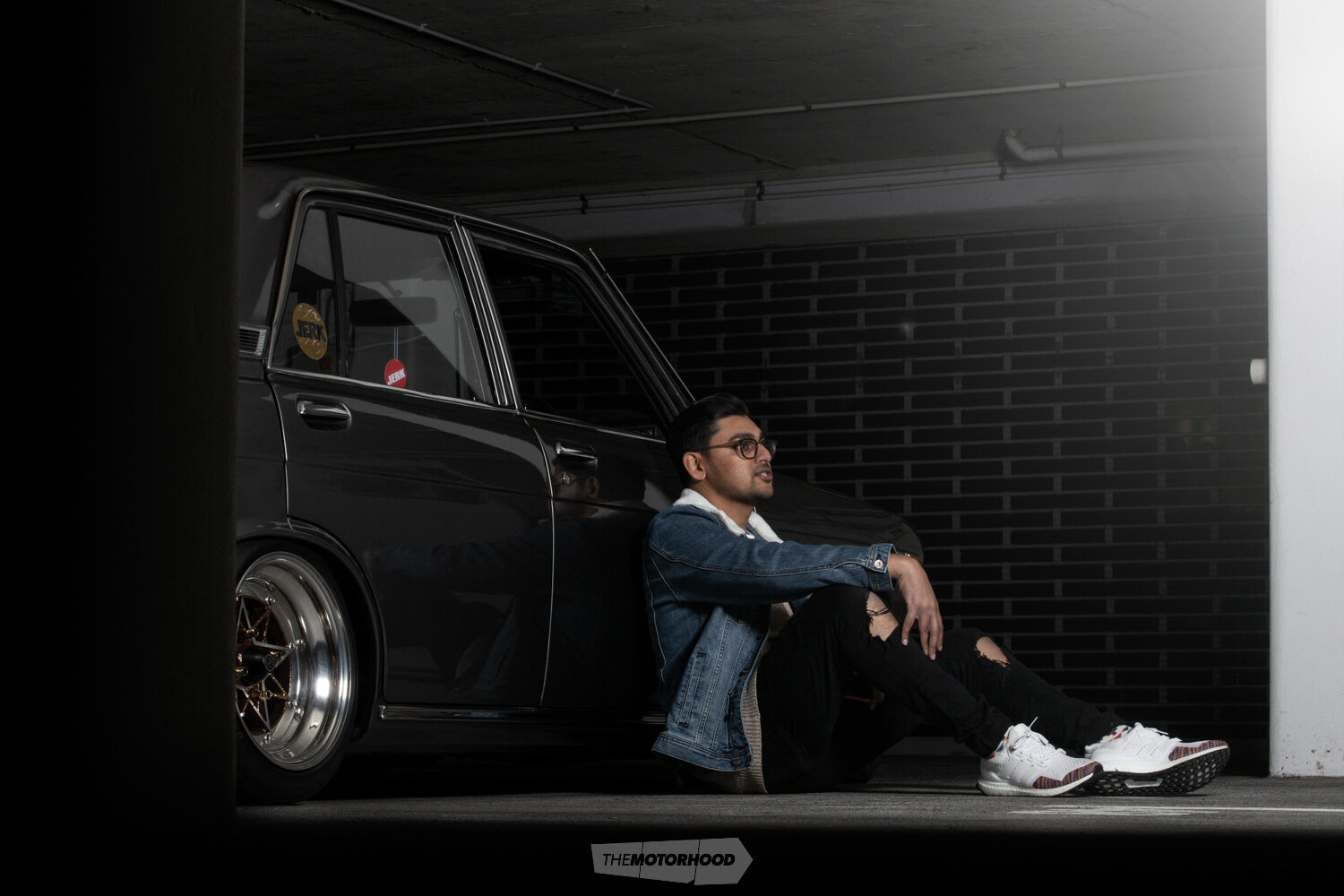
Neel Singh
AGE: 31
LOCATION: Auckland
OCCUPATION: Automotive marketing
BUILD TIME: Three years
LENGTH OF OWNERSHIP: Three years
THANKS: Dustin Ng at DNG Automotive, for second-to-none workmanship and custom fabrication; Daniel Wist, for the helping hand and the countless hours spent sipping on jimmies while piecing the Datto together; the Harold and Kumar crew; Shannon Thickpenny; Jared Croft; Tim ChaChaChaiii, Bedpost Wellington parts runner; Whopper Performance — if you know, you know; Circle Jerk Crew (CJC); and my mum (Bela), dad (AJ), and big bro (Kelvin)
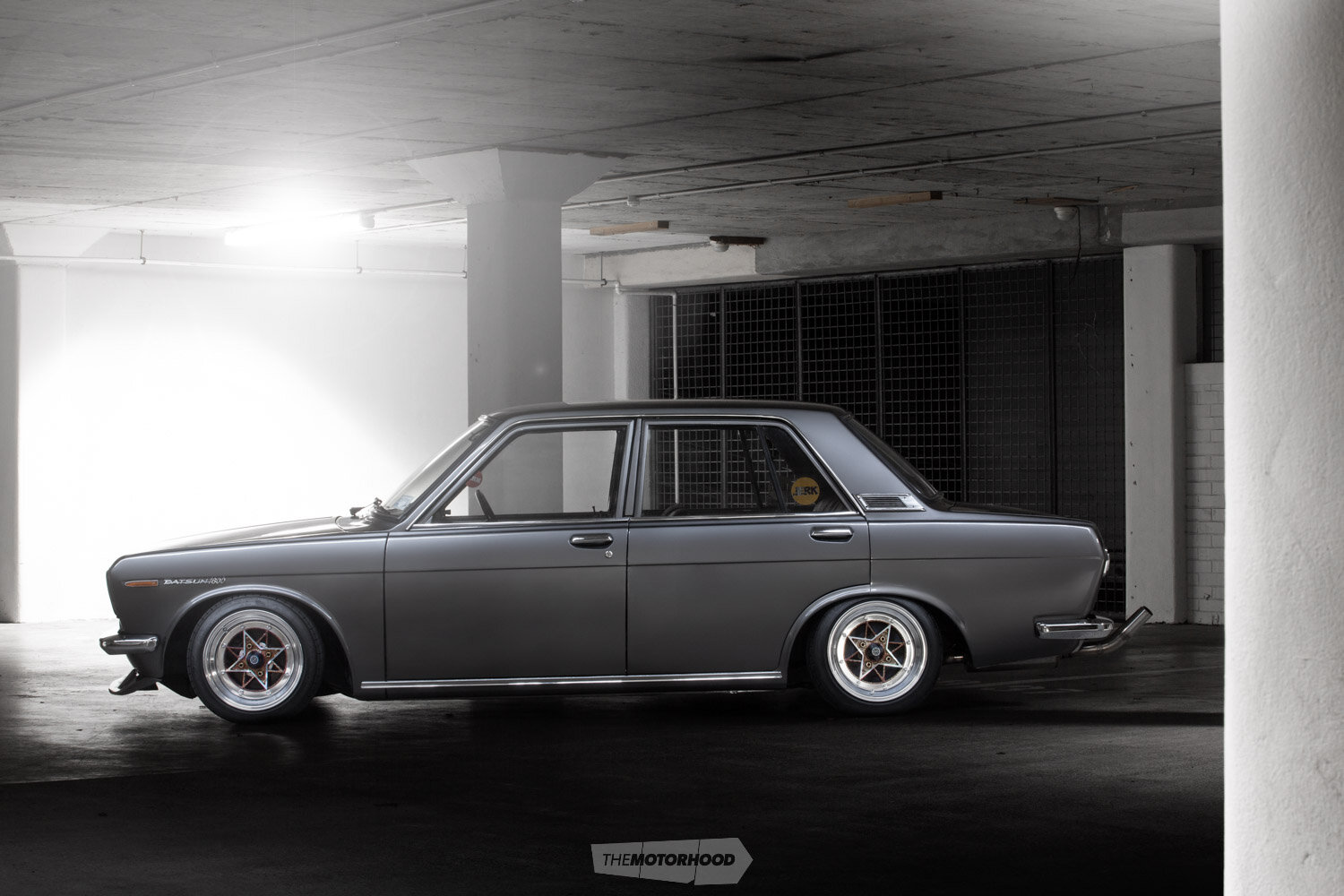
Heart
ENGINE: Datsun L20B, 1952cc, straight-four
BLOCK: Datsun L20B, new pistons, new rings, new bearings, polished crank, ARP fasteners
HEAD: Ported-and-polished L16 (SSS), iSky Racing dual valve springs, iSky Racing retainers, 282-degree reground camshaft, adjustable cam gear, ARP fasteners
INTAKE: Twin Weber 45mm DCOE side-draught carburettors, ported intake manifold, Weber individual velocity stacks, Weber linkages and rods
EXHAUST: Custom headers, DNG Automotive stainless-steel two-inch system, DNG Automotive stainless-steel twin tips, Adrenalin R muffler, Adrenalin R resonator
FUEL: Holley carburetted fuel-pressure regulator (FPR), Carter external high-flow fuel pump
IGNITION: Pertronix electronic distributor conversion, MSD Blaster II coil
COOLING: Aluminium radiator, 10-inch electric fan
EXTRA: Relocated battery, relocated fuse box, custom loom, Mad Dat steering brace, polished rocker cover, mechanical fuel-pump blanking plate, SSS front head blanking cover, gold passivated hardware, Datsport upgraded bonnet latch, upgraded clutch slave cylinder, upgraded brake master cylinder, DNG Automotive custom brake lines, Speedflow fittings, Wilwood brake-line adjustable proportioning valve
Driveline
GEARBOX: Five-speed manual
CLUTCH: Exedy
FLYWHEEL: Lightened L20B
DIFF: R160 limited-slip
Support
STRUTS: (F) Custom coilovers, Tein camber plates; (R) Monroe shocks, custom springs
BRAKES: (F) Nissan 280ZX calipers and rotors, (R) factory drum
EXTRA: Cusco front strut brace
Shoes
WHEELS: 14-inch SSR Star Shark; refurbished by Pine Engineering
TYRES: 195/45R14 Toyo Proxes T1R
Exterior
PAINT: Resprayed in Nissan Grey Metallic by Slippers Refinishing
ENHANCEMENTS: Reproduction rear bumper, reproduction chrome sill trims, BRE chin lip, Datsun Supersonic front grille
Interior
SEATS: Datsun Competition
STEERING WHEEL: Momo woodgrain
INSTRUMENTATION: Factory
AUDIO: Pioneer head unit, 6.5-inch Rockford Fosgate three-way components
EXTRA: B310 Sunny centre console, burgundy carpet, woodgrain gear knob, black leather headlining
Performance
POWER: 130-plus kilowatts on the butt dyno
FUEL TYPE: 95 octane
TUNER: Trusty screwdriver
This article originally appeared in NZ Performance Car issue No. 273 — click here to purchase a copy
